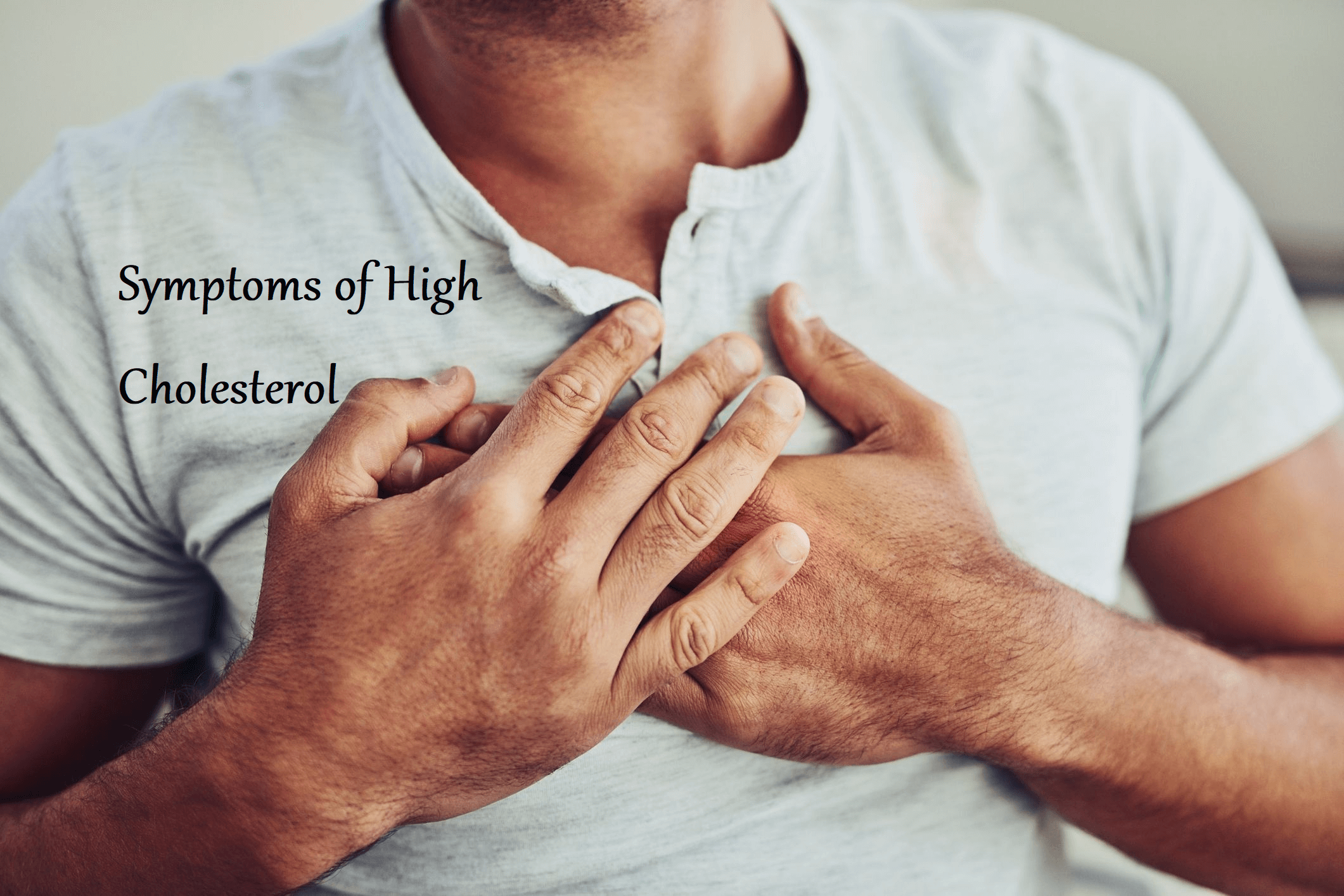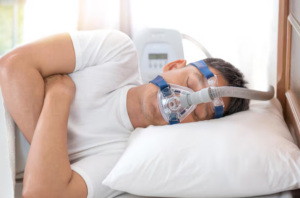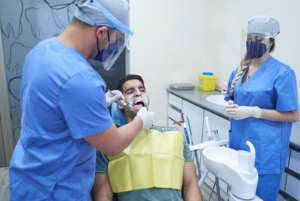
What are the symptoms of high cholesterol? This article will discuss the symptoms of high cholesterol, including chest pain or angina. The symptoms of high cholesterol may also include e heart attack or stroke. Symptoms of high cholesterol are often related to the disease and cabe n challenging to recognize. But there arsurein signs and symptoms to watch that indicate your cholesterol level is too high. If you experience any of these symptoms, it’s a good idea to seek medical attention.
What Is High Cholesterol?
The total cholesterol level in your blood is considered high if it is more than 240 milligrams per deciliter (mg/dL). Therefore, a healthy adult should maintain a blood cholesterol level below 200 mg/dLUsuallyly. Healthy adults should have their cholesterol levels checked every five years. However, people over 65 years old or those with certain health conditions may need to check their blood cholesterol levels more often. To live a long and healthy life, you must understand high cholesterol.
Generally, people with high cholesterol should avoid eating food high in saturated fat. This includes fatty and fried foods. Fast food and formal restaurants may be guilty of this. Prepackaged desser, snacks, and many processed foods can also contain high amounts of saturated fat. Many foods also contain hidden salt and are not labeled clearly on the nutrition label. Moreover, smoking is one of the leading causes of heart disease and blood vessel problems.
Here are the 4 Symptoms of High Cholesterol
Chest Pain Or Angina
A health care provider can rule out a heart condition if you have chest pain. The pain may be localized or spread to the shoulders, back, neck, jaw, arm, and hands. Sometimes it can also be more severe than chest pain. Symptoms include shortness of breath and pain when exerting force. Chest discomfort may be accompanied by shortness of breath or nausea. A healthcare provider will want to know about the cause of the pain to rule out any other conditions.
While chest pain or angina is not a heart attack, it is a symptom of coronary heart disease. It occurs when the arteries in the heart become blocked or narrowed, usually due to atherosclerosis. Symptoms of angina don’t necessarily indicate a heart attack, but they are a sign of coronary artery disease. People with angina have an increased risk of suffering a heart attack. However, stable angina is not indicative of imminent heart attack and usually goes away on its own after a few minutes.
Heart Attack
The most common cause of heart attacks is coronary artery disease, a buildup of cholesterol in the arteries. As these fatty deposits grow and form, they narrow the arteries. The lack of blood flow to the heart results in a blood clot. An attack can happen suddenly or slowly. Fortunately, there are many heart attack symptoms to watch for. If you experience any of these, seek medical treatment as soon as possible.
Some people may experience chest pain, nausea, lightheadedness, and fainting. In addition, women may experience different symptoms from men. Women, in particular, may feel tired or lightheaded for no apparent reason. Heart attacks are usually the result of coronary artery disease, a buildup of cholesterol and plaque that narrows the arteries and increases the risk of a heart attack. If these symptoms are present, your doctor may want a blood test and determine the exact cause of the condition.
Stroke
While many people think that high cholesterol can cause a stroke, other risk factors make it more likely to occur. One of these is high blood pressure, which can weaken the arteries and cause a stroke. High cholesterol can also lead to fatty deposits in the arteries, which reduce blood flow and oxygen flow to the brain. As a result, high cholesterol may increase your risk of a stroke, but there are ways to reduce your risk without taking any medication.
To lower your risk of stroke, you should follow a low-fat diet rich in fruits and vegetables. Fish, lean meat, and reduced-fat dairy products are good choices for those with high cholesterol. If you are experiencing any of these symptoms, your doctor may prescribe a lipid-lowering medication known as a statin. You should only change your medication if a doctor prescribes it.
Pain While Walking
If you suffer from leg aches, your heart may be unable to provide the blood flow you need. While a swollen heart is a serious health problem, high cholesterol can lead to pain while walking. This is because high cholesterol causes plaque in the arteries, limiting blood flow to the legs. When this happens, pain while walking and cramping are common. Other symptoms of PAD include skin changes and hair loss.
When the arteries in the legs become clogged, they cannot deliver enough blood to the legs. Consequently, people may experience pain while walking. This pain can occur in either or both legs and is reproducible. Moreover, the pain only occurs after walking a certain distance. In some people, it can even result in the cessation of activity. Bypass surgery and angioplasty procedures may be necessary to alleviate the symptoms. However, in most cases, the condition does not cause symptoms.






